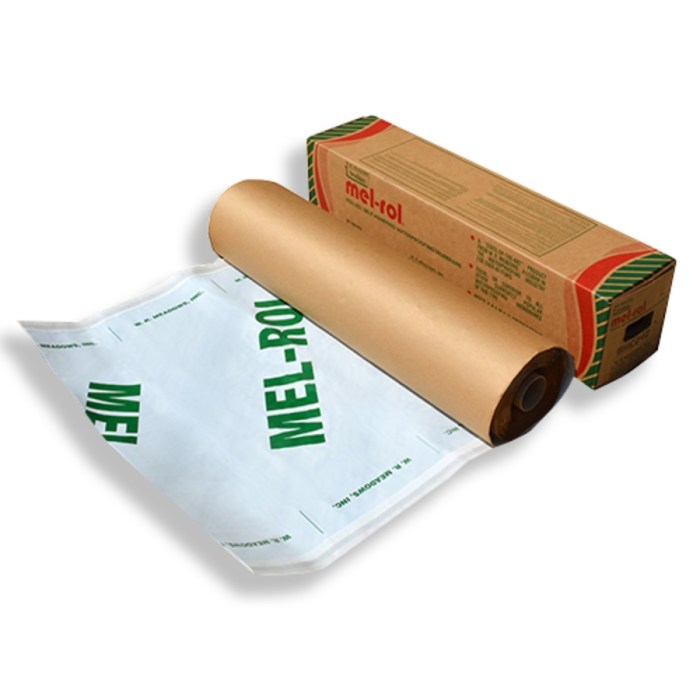Smooth membrane clinging tightly to the kidney surface – Embarking on an exploration of the smooth membrane that clings tightly to the kidney’s surface, we delve into a realm where intricate anatomical structures meet essential physiological functions. This membrane, a remarkable layer of tissue, plays a pivotal role in safeguarding the kidney from external threats and facilitating its vital exchange processes.
Its strategic location, histological composition, and functional significance render the smooth membrane an indispensable component of renal anatomy and physiology. As we unravel its intricacies, we gain a deeper appreciation for its contributions to kidney health and its implications for clinical practice.
Structural Overview

The smooth membrane, also known as the renal capsule, is a thin layer of connective tissue that tightly envelops the kidney surface. It is continuous with the renal pelvis and extends over the renal pyramids and columns. Histologically, the smooth membrane consists of three layers: an outer fibrous layer, a middle smooth muscle layer, and an inner adventitial layer.
The outer fibrous layer is composed of dense collagenous connective tissue that provides structural support and protection. The middle smooth muscle layer is composed of bundles of smooth muscle cells that allow for dynamic changes in the membrane’s tension. The inner adventitial layer is a thin layer of loose connective tissue that contains blood vessels and nerves.
Functional Significance
The smooth membrane plays several important roles in maintaining kidney function. It provides a protective barrier against mechanical damage and infection. The collagenous fibers in the outer fibrous layer resist stretching and tearing, while the smooth muscle layer can contract to minimize the impact of external forces.
The smooth membrane also facilitates the exchange of nutrients and waste products between the kidney and its surrounding environment. The blood vessels in the adventitial layer provide a pathway for the delivery of oxygen and nutrients to the kidney, while the removal of waste products occurs through the lymphatic vessels.
Clinical Implications

Abnormalities in the smooth membrane can have significant clinical implications. Inflammation of the smooth membrane, known as perirenal fibrosis, can lead to scarring and impaired kidney function. Fibrosis can occur as a result of chronic infections, autoimmune disorders, or trauma.
In severe cases, perirenal fibrosis can lead to kidney failure.
Histological Techniques

Histological analysis of the smooth membrane can be performed using a variety of staining techniques. Hematoxylin and eosin (H&E) staining is a commonly used method that provides a general overview of the membrane’s structure. Masson’s trichrome staining is useful for highlighting collagen fibers, while immunohistochemistry can be used to identify specific cell types.
For electron microscopy, samples should be fixed in glutaraldehyde and embedded in epoxy resin. Thin sections can then be stained with uranyl acetate and lead citrate for examination under the electron microscope.
Future Research Directions: Smooth Membrane Clinging Tightly To The Kidney Surface

Future research on the smooth membrane should focus on understanding its role in kidney development and regeneration. The membrane is known to play a role in the formation of the renal pelvis and collecting ducts during embryonic development. Further studies are needed to elucidate the molecular mechanisms underlying these processes.
Additionally, the smooth membrane may be a potential target for therapeutic interventions aimed at preventing or treating kidney disease. Research is needed to identify specific molecular targets within the membrane and to develop drugs that can modulate its function.
FAQ Overview
What is the primary function of the smooth membrane?
The smooth membrane serves as a protective barrier, shielding the kidney from mechanical damage and infection, while also facilitating the exchange of nutrients and waste products.
How does the smooth membrane contribute to kidney function?
By maintaining a selective barrier, the smooth membrane regulates the movement of substances into and out of the kidney, ensuring optimal filtration and waste removal.
What are the potential clinical implications of abnormalities in the smooth membrane?
Abnormalities, such as inflammation or fibrosis, can disrupt the protective and facilitative functions of the smooth membrane, potentially leading to impaired kidney function and contributing to disease.